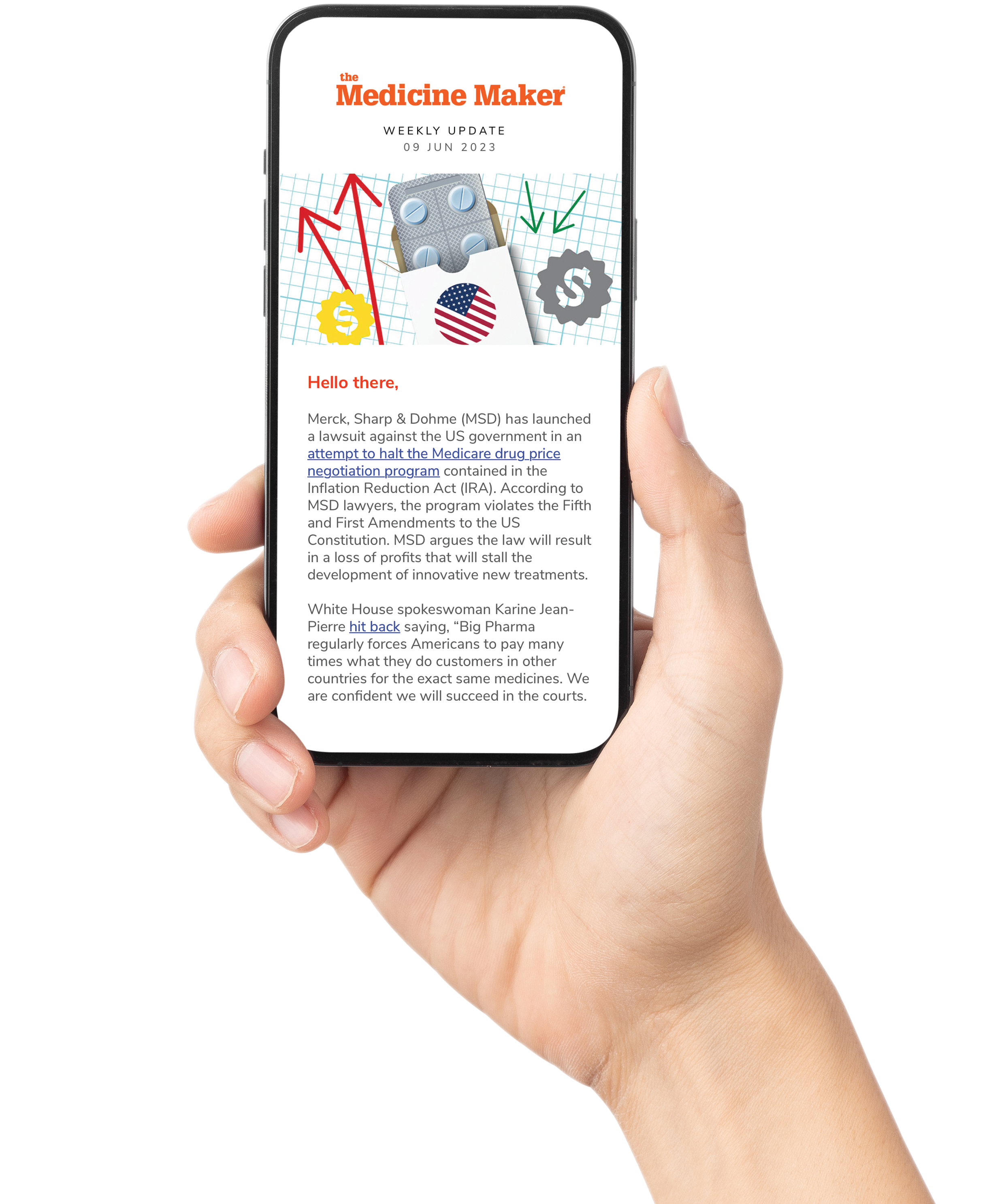
AI can transform life sciences research by tackling inefficiencies that have hindered progress for decades. Fragmented information, research bias, and sluggish decision making in drug discovery is slowing down progress. With research costs escalating and drug candidates failing at alarming rates, the industry must increase its pace.
Life sciences companies face mounting challenges to develop new medicines quickly and efficiently. Getting a single drug to market costs billions and often takes over ten years from discovery to commercialization – if it gets to patients at all. Only 12 percent of drugs entering clinical trials receive FDA approval, according to the Congressional Budget Office.
Early decision making in identifying, prioritizing, and validating research targets plays a big role in a drug’s success. Many preclinical and clinical trial failures stem from pursuing non-viable targets. Making better decisions early can significantly improve success rates, enhance outcomes, and increase productivity.
As pressure grows to get new innovative therapies to patients faster, and reduce the risk of late-stage failures, a major shift is now underway. AI is addressing many drug discovery and development inefficiencies, enabling scientists to make faster, more comprehensive, and accurate decisions, while eliminating wasted research costs and years of effort.
In my view, AI represents the next transformation in drug discovery, helping scientists answer complex research questions with unprecedented speed, accuracy, and transparency. AI-powered search and summarization tools connect biological entities, diseases, and potential treatments through sophisticated knowledge-graphs that quickly synthesize information from a large corpus of scientific literature and data sources.
AI can look at keywords, biological context, and terms, combined with natural language processing to easily extract relevant insights across diverse internal and external sources, presenting them in structured, interactive formats. This helps researchers make informed decisions and dramatically speed target assessment from months to weeks. Scientists report saving 90 percent of their time identifying and validating promising targets for developing effective, safe therapies.
Accelerating research insights
Scientists can spend excessive time and effort searching through vast amounts of biomedical papers, research reports, experimental data, and databases across internal and external data sources. While accessing past research is fundamental, simply having more literature alone can’t solve drug discovery challenges. Poor collaboration and information sharing compounds problems. Scientists still rely on emails and printouts to share findings, leading to redundant efforts, missed opportunities, and delayed decisions.
AI platforms can centralize research findings in shared workspaces where teams can save, comment, and build upon discoveries. Automated alerts can notify scientists about new evidence relevant to their work, enhancing collaboration and breaking down information silos.
AI can also help overcome research bias. Most R&D leaders acknowledge that bias influences pipeline prioritization decisions. Scientists often overlook contradictory safety signals and struggle to achieve comprehensive, unbiased views of available evidence. Senior colleagues frequently guide researchers toward familiar territories, inadvertently narrowing perspectives and creating blind spots that limit breakthrough discoveries. Confirmation bias compounds this problem as scientists naturally gravitate toward evidence supporting their hypotheses while overlooking contradictory findings. This selective analysis can lead teams down unproductive paths for months or years.
Modern drug discovery demands broader, deeper, and more complete data analysis to overcome these biases. Scientists need access to extensive databases from multiple sources, including internal proprietary research and external publications. Early identification of non-viable targets accelerates productivity by enabling faster failures.
AI systems can now extract and visualize relationships between targets, diseases, and other biomedical entities, enabling researchers to filter, prioritize, and explore underlying evidence. Most importantly, AI surfaces contradictory evidence and alternative perspectives, helping researchers avoid confirmation bias. Every insight traces back to trusted sources, ensuring verification and enabling deeper exploration through natural language queries using an AI copilot.
By combining comprehensive data access with sophisticated AI tools, scientists can also make informed decisions faster. This approach transforms overwhelming information landscapes into clear strategic pathways, accelerating discovery while reducing wasted resources on unviable targets and leading to higher-quality drug discovery outcomes.
A new era of research
Advanced AI tools and sophisticated data synthesis create fundamentally new research approaches. These technologies help scientists rapidly access, analyze, and connect vast biomedical knowledge bases. Teams can make faster, more precise decisions while uncovering insights that traditional methods miss. Automated target identification and integrated multi-source analysis dramatically cut wasted effort and speed the journey from concept to clinic.
The need for transformation grows urgent as global health challenges intensify and demand for breakthrough treatments increases. Organizations that embrace next generation technologies will streamline research operations and deliver superior patient outcomes. This shift from traditional methods to AI-powered discovery represents more than an opportunity. It defines the new standard for pharmaceutical innovation.




